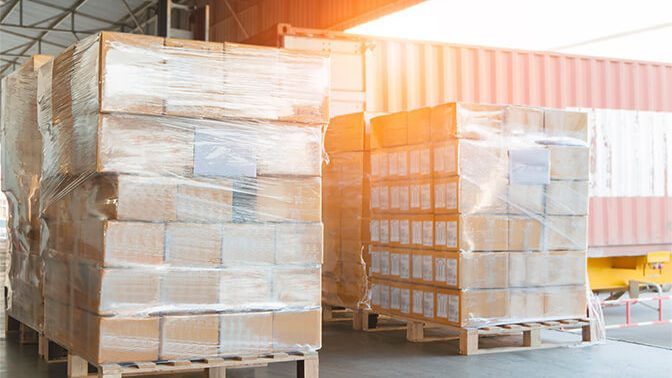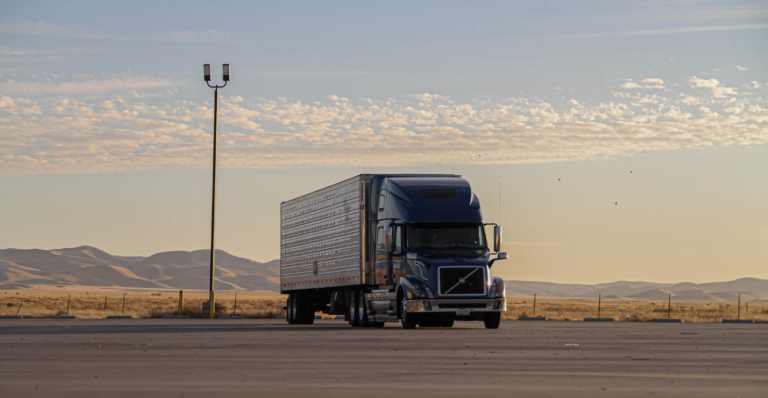COVID is having an impact on supply chains around the world. Find out what is causing the gridlock and how to ensure your business survives.
Our world has been a global society in many ways for most of this century. With the rise of the internet and connected devices in our hands, it has been easy to order whatever we want, from wherever we want, and to have it show up in a matter of days. This has led to an incredible rise in productivity and business opportunities.
However, the COVID outbreak has proven to be a massive disruptor when it comes to global supply chains. Take a look at what happened during COVID and how you can protect your business from future interruptions.
The impact of COVID on the global supply chain
In previous years, demand has more or less followed predictable patterns. People shop more at Christmas. They buy warm clothes in winter. They order the same amount of food every week and there is a balance between people spending their disposable income on travel, luxury purchases and home upgrades.
During COVID, many suppliers found themselves selling out of months’ worth of products overnight. There was the initial rush on toilet paper and supermarket staples, which saw shelves stripped bare. As the virus continued to spread, we all stayed home, spent time on our hobbies and turned to online shopping to kill the boredom. For some suppliers, demand reached unprecedented levels.
To add to this, the world has been going in and out of lockdown for over a year, meaning that even willing hands have been unable to work. The impact on manufacturing has put a strain on everything from gift items to imported furniture.
Unfortunately, most companies were underprepared for what happened in 2020. According to Ernst & Young, only 2% of companies who responded to a survey conducted at the end of 2020 said they were fully prepared for the pandemic. Serious disruptions affected 57% of businesses, with 72% reporting a negative effect (17% reported a significant negative effect, and 55% mostly negative). With so many businesses on the back foot, it’s easy to see why supply chains have been impacted.
Overcoming supply chain challenges
Unfortunately, there is no way to speed up delivery of a product which is yet to be packed at the factory or even manufactured in the first place.
However, there are a few things Australian businesses can do to minimise the impact of further disruptions, which are bound to happen as part of pandemic life.
These include:
- Risk mitigation and planning for a worst-case-scenario
- Building relationships with back-up suppliers in other cities and countries
- Seeking alternatives such as local, Australian-based providers
- Inventory stock to see what you can promote to your customer base
- Identify ways to minimise costs so you can build a cash buffer for the future
- Investing in technology and services that reduce the cost of freight
- Diversify so your business is not dependent on one income source (especially if supplies are coming from overseas)
What’s also essential is no longer making assumptions that things will be available. For some brands, this is an opportunity to fill a gap that an international supplier has left in the Australian market.
For any business, successfully navigating global supply chain interruptions is all about remaining agile, being flexible and thinking outside the square in order to adapt to the continually changing conditions.
Want help minimising the cost of freight in Australia? Talk to the experts at EFS.






